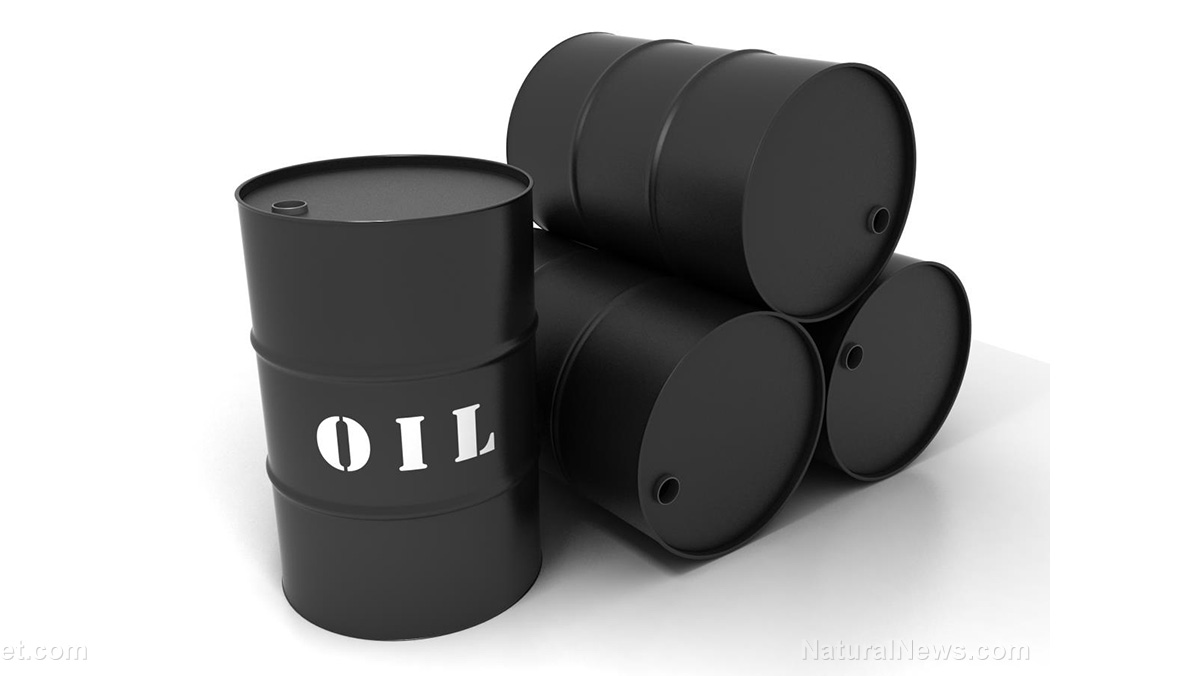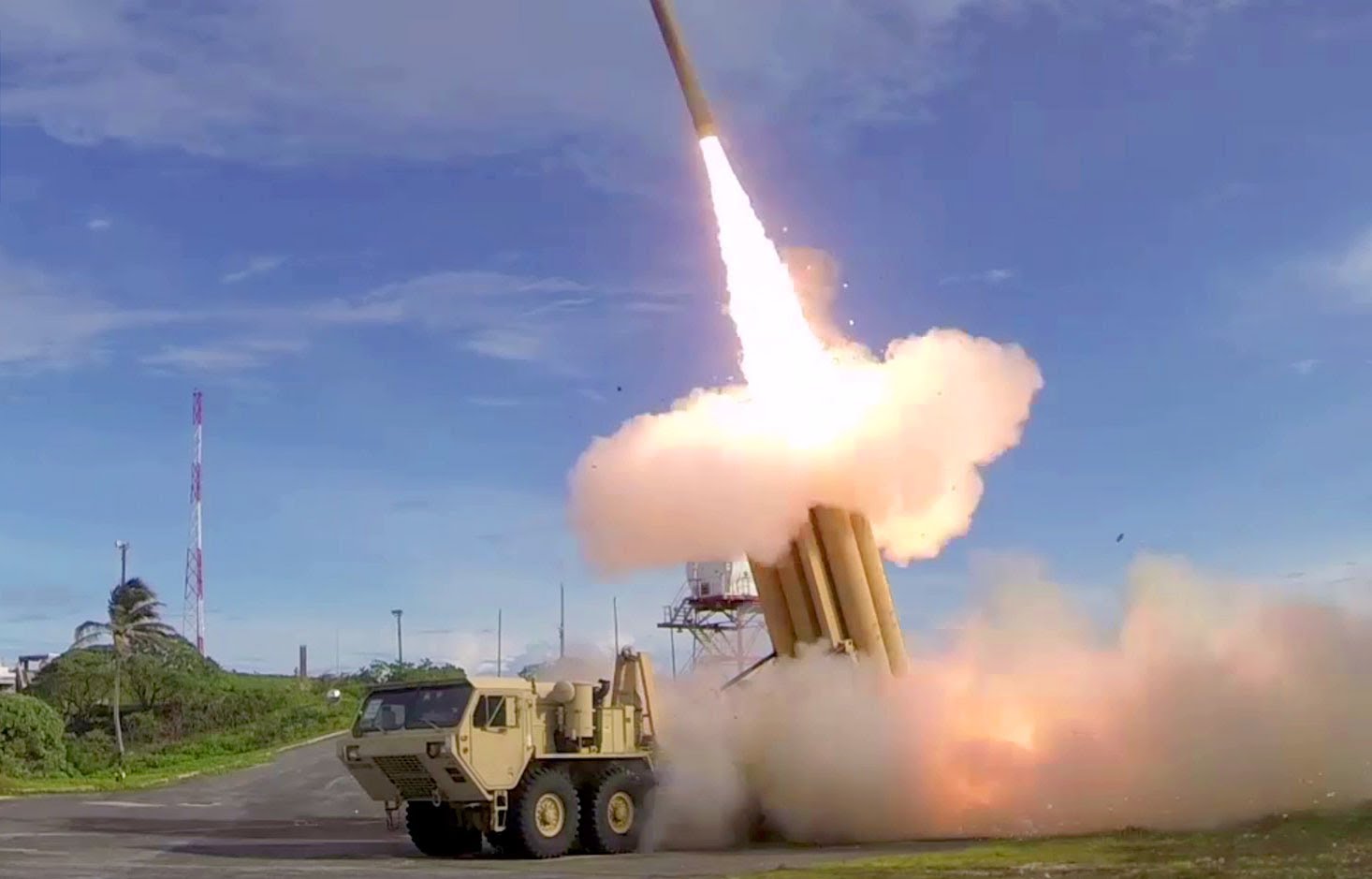U.S. crude oil inventories surge as production hits record highs amid global supply concerns
11/20/2025 / By Kevin Hughes

- U.S. crude stockpiles surged by 4.4 million barrels last week, with domestic production hitting an all-time high of 13.862 million barrels per day (bpd). Falling exports contributed to the domestic oversupply.
- The Trump administration added 798,000 barrels to the Strategic Petroleum Reserve, bringing reserves to 410.4 million barrels, as part of efforts to restore depleted emergency stockpiles.
- While crude inventories grew, gasoline and distillate stocks remained below seasonal averages. Refinery activity increased, with utilization rates rising to 89.4 percent.
- Despite oversupply concerns, oil prices found support from Ukrainian drone strikes on Russian refineries and U.S. sanctions on Rosneft and Lukoil, tightening diesel supplies in Europe.
- The EIA warns that OPEC+, U.S. shale and non-OPEC producers may outpace slowing demand in 2024, exacerbating oversupply risks while geopolitical disruptions persist.
U.S. crude oil inventories rose sharply last week as domestic production surged to record highs, reinforcing concerns about global oversupply even as geopolitical tensions and refinery disruptions tighten fuel markets.
According to the latest data from the American Petroleum Institute (API), U.S. crude stockpiles climbed by 4.4 million barrels in the week ending Nov. 14, following a 1.3 million-barrel increase the previous week. Year-to-date, crude inventories have swelled by 9.3 million barrels, per Oilprice calculations.
The U.S. Energy Information Administration (EIA) reported similar trends, noting that commercial crude stocks – excluding the Strategic Petroleum Reserve (SPR) – jumped by 6.4 million barrels in the week ending Nov. 7, far exceeding analyst expectations of a 400,000-barrel build. Meanwhile, the SPR saw an increase of 798,000 barrels, bringing reserves to 410.4 million barrels as the second Trump administration continues replenishing depleted emergency stockpiles.
According to BrightU.AI‘s Enoch, the SPR is a stockpile of crude oil maintained by the U.S. government to reduce the impact of disruptions in oil supplies. It was established in 1975 in response to the 1973 oil crisis, which highlighted the vulnerability of the U.S. to global oil supply disruptions. The SPR is managed by the U.S. Department of Energy and is stored in underground salt caverns along the Gulf Coast in Texas and Louisiana.
U.S. crude oil production surged to an all-time high of 13.862 million barrels per day (bpd) in early November, up 211,000 bpd from the prior week and 299,000 bpd higher than January 2024 levels. However, exports fell sharply by 1.6 million bpd, contributing to the domestic inventory buildup. “Market participants appear more concerned about supply risks than the odds of a surplus going forward,” ING commodities strategists noted, reflecting mixed sentiment in oil markets.
Mixed signals in fuel markets
While crude inventories expanded, fuel markets showed tightening conditions. Gasoline stocks rose by 1.5 million barrels (API) but remained four percent below the five-year average as per the EIA. The agency added that distillate inventories (including diesel) increased by 600,000 barrels, but were still eight percent below seasonal norms.
Refinery activity strengthened, with crude inputs rising by 717,000 bpd and utilization rates climbing to 89.4 percent, up 3.4 percentage points from the previous week. Oil prices initially dipped on oversupply concerns but found support from escalating geopolitical risks. Brent crude edged down 0.68 percent to 64.45 per barrel, while West Texas Intermediate fell 0.76 percent at 60.28—though both benchmarks had gained over one percent earlier in the week.
“Prices rose because of a tighter diesel market on the back of lower Russian exports,” said PVM analyst John Evans. Ukrainian drone strikes on Russian refineries and U.S. sanctions targeting Rosneft and Lukoil have disrupted supply chains, pushing European diesel margins to September 2023 highs.
The EIA anticipates that Organization of the Petroleum Exporting Countries (OPEC), U.S. shale and non-OPEC producers will outpace slowing global demand growth in 2024, potentially exacerbating oversupply. Meanwhile, traders remain wary of further disruptions, particularly as Russia faces export curbs and Middle East tensions persist.
With U.S. production at record highs and inventories swelling, analysts will closely monitor:
- OPEC+ production policies ahead of their next meeting.
- Russian export stability amid sanctions and Ukrainian attacks.
- Refinery demand shifts as winter fuel needs intensify.
For now, the oil market remains caught between bearish inventory trends and bullish geopolitical risks, leaving traders to navigate volatile price swings in the weeks ahead.
Watch the video below about the Biden administration being slammed for misusing the Strategic Petroleum Reserve.
This video is from the NewsClips channel on Brighteon.com.
Sources include:
Submit a correction >>
Tagged Under:
American Petroleum Institute, API, barrels, Brent crude, crude oil, EIA, Energy Information Administration, energy supply, fossil fuel, Middle East, OPEC, power, Russia, SPR, Strategic Petroleum Reserve, US, West Texas Intermediate
This article may contain statements that reflect the opinion of the author
RECENT NEWS & ARTICLES
COPYRIGHT © 2017 COLLAPSE.NEWS
All content posted on this site is protected under Free Speech. Collapse.news is not responsible for content written by contributing authors. The information on this site is provided for educational and entertainment purposes only. It is not intended as a substitute for professional advice of any kind. Collapse.news assumes no responsibility for the use or misuse of this material. All trademarks, registered trademarks and service marks mentioned on this site are the property of their respective owners.





















